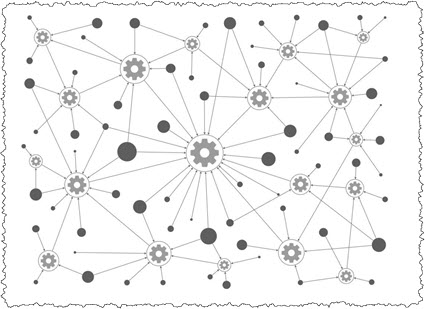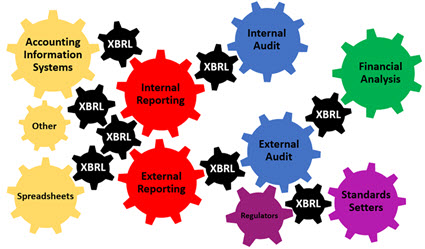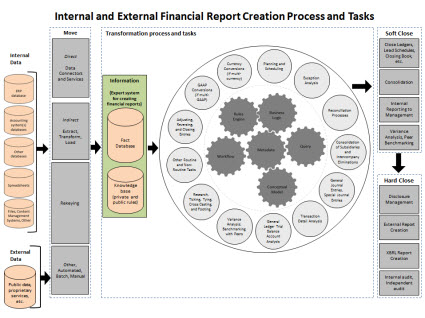BLOG: Digital Financial Reporting
This is a blog for information relating to digital financial reporting. This blog is basically my "lab notebook" for experimenting and learning about XBRL-based digital financial reporting. This is my brain storming platform. This is where I think out loud (i.e. publicly) about digital financial reporting. This information is for innovators and early adopters who are ushering in a new era of accounting, reporting, auditing, and analysis in a digital environment.
Much of the information contained in this blog is synthasized, summarized, condensed, better organized and articulated in my book XBRL for Dummies and in the chapters of Intelligent XBRL-based Digital Financial Reporting. If you have any questions, feel free to contact me.
Entries from April 12, 2020 - April 18, 2020
Decentralized Autonomous Organizations (DAO)
DAOstack.io explained to be "an operating system for collective intelligence and a new form of human association": Decentralized Autonomous Organizations or DAO. DAOs and DAOstack are explained in the white paper An Operating System for Collective Intelligence.
As the white paper points out, decentralized organizations are abundant in nature. An ant colony is a decentralized structure. The ant colony functions without "central management" or control. The queen ant does not manage the colony, she just has the role of laying eggs. Individual ants behaves in reaction to the conditions of its environment. The sensible colony is an emergent phenomena at the collective level, derived from an indirect coordination of ants which need not even communicate directly with one another.
A decentralized autonomous organization might look something like this graphic below from page 9 of the paper:
What if platform builders, backend developers, front end UI creators, professional accountants, people that had sales skills, all collaborated using an organization such as the set of DAOs above? What if an organization was created that enabled participates that can provide value to make enough money to make a living and also be their own boss and owner in the organization?
Think about that.
Why3
Why3 is a platform for deductive program verification. With Why3 you can create industrial strength smart contracts. There is an online tool that you can use to experiment with Why3.
With Why3 you can build a theory that explains a logical system. (Recall this explanation of a logical system in simple terms.)
Why3 has an API.
Why3 leverages the Alt-Ergo SMT solver. Alt-Ergo is open source and has an online version that you can experiment with. Here is information about SMT.
Why3, Alt-Ergo, and SMT answer a lot of questions that I was trying to get answered using my Special Theory of Machine-based Automated Communication of Semantic Information of Financial Statements document.
#####################################
Templates
Getting XBRL-based digital financial reporting to work effectively is not about solving one big "problem"; it is about solving lots of little problems. Think about the problem in terms of a "template".
Here is a template within a ZIP archive. (Here is the human-readable information.) That is what a software application must manage, the successful creation of that template by a business professional.
Now, the template could take the form of any of the patterns in this proof. You need ONLY support those patterns. This is the architecture. A rules engine watches over everything. Boundaries are well defined.
The templates might be for different reporting schemes: US GAAP, IFRS, IPSAS, MINI, FRF for SMEs, XASB. But every one of those templates would follow the same set of patterns in this proof.
An XBRL-based digital financial report is not one big thing; it is lots of little things. The full report can be thought of as a stream of templates. Each template must be sound and each template must interact with other templates.
Software must control the possible "impediments" to success. Here are those: Impediments 1, Impediments 2, Impediments 3. Those impediments are overcome using rules which prevent information anarchy.
This is how all of these examples work.
This video play list, Understanding the Financial Report Logical Model, explains the details.




